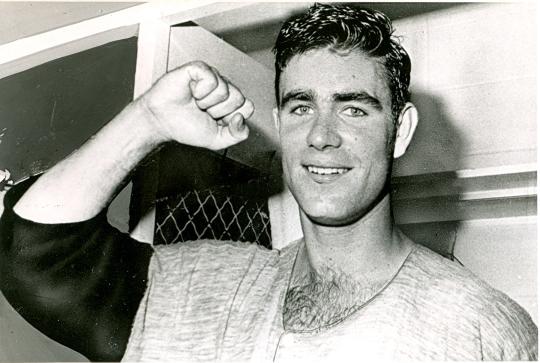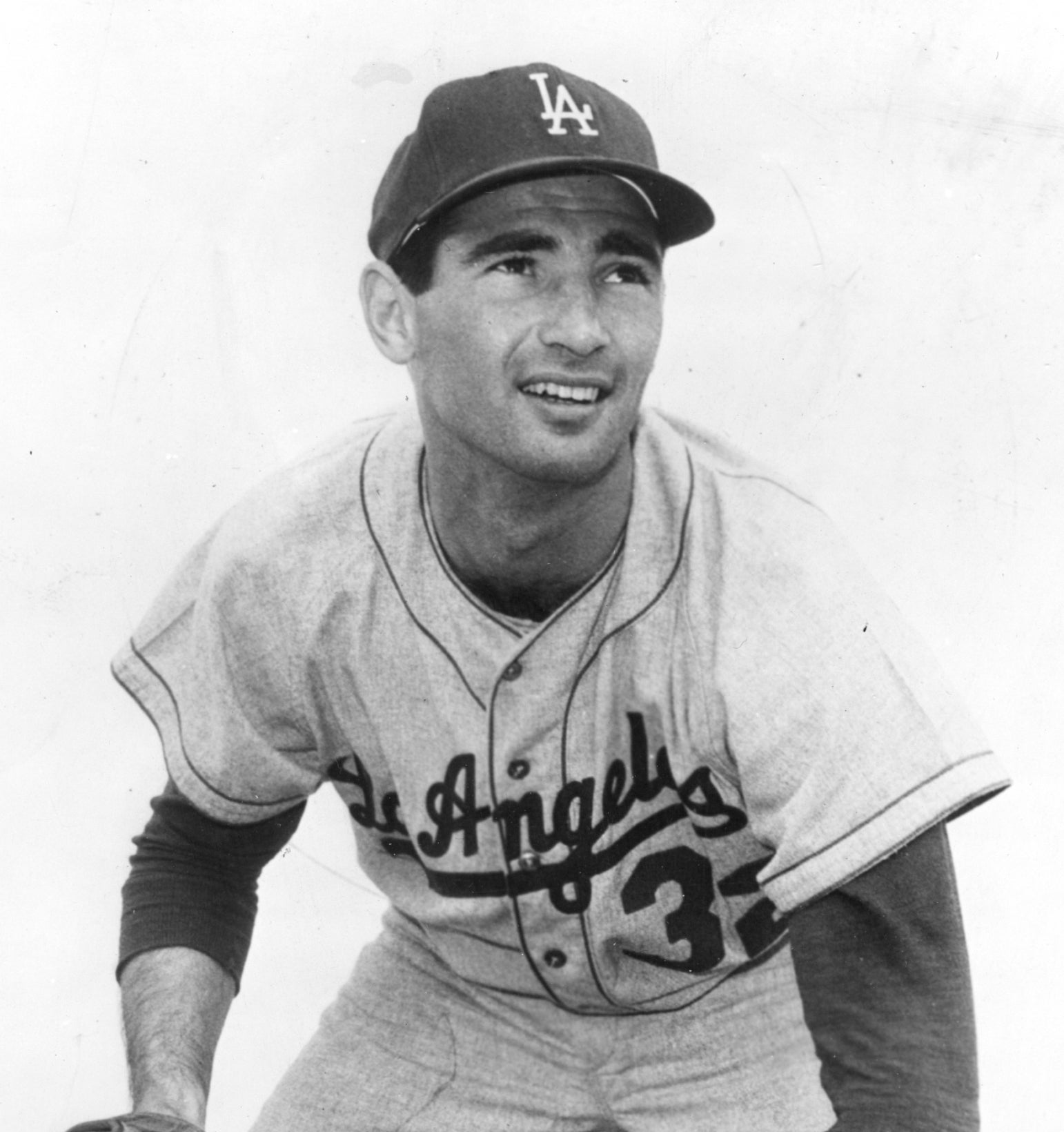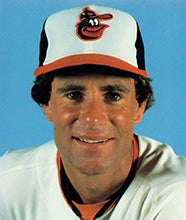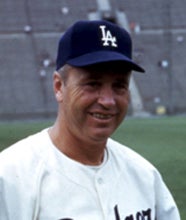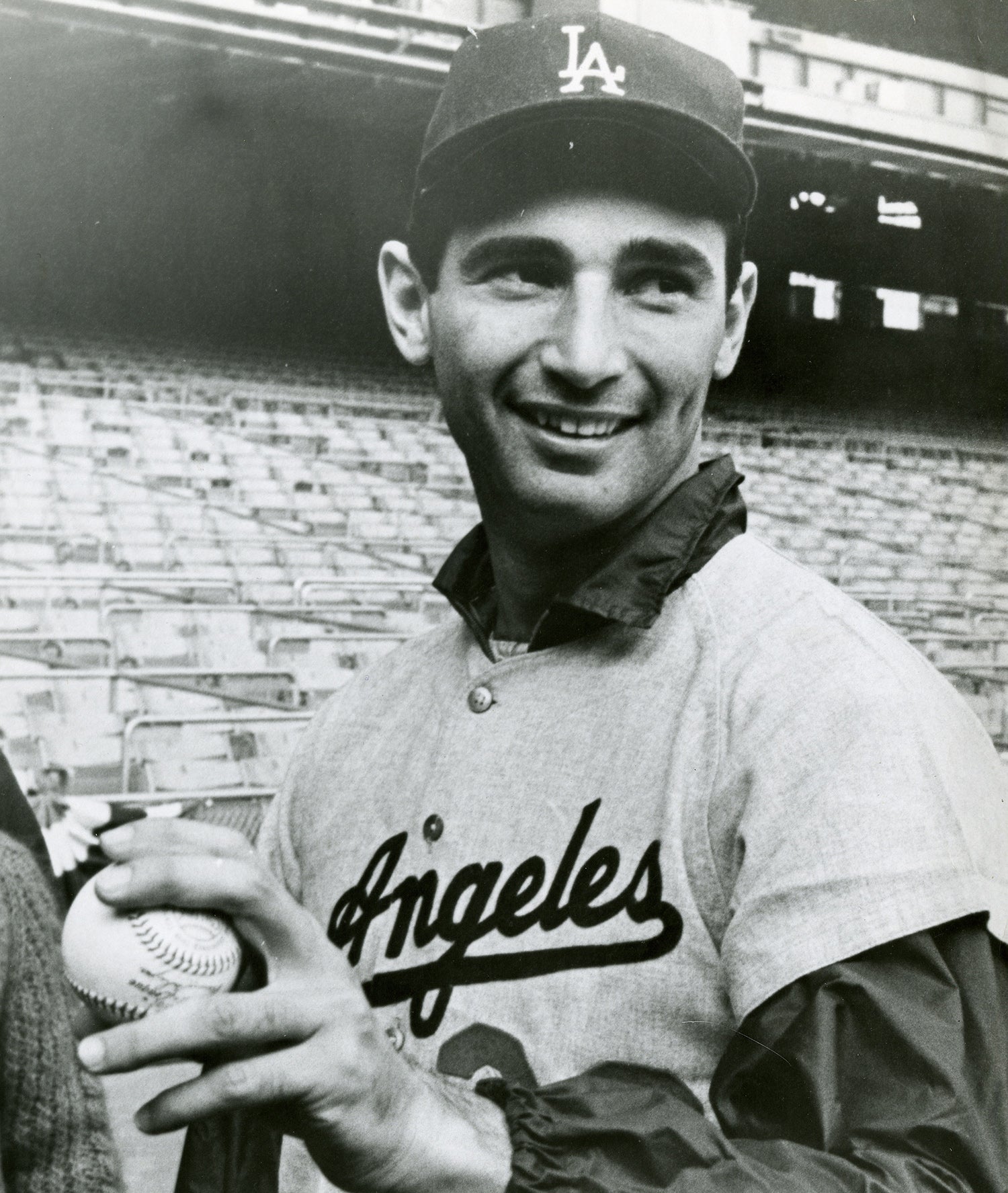- Home
- Our Stories
- Jim Palmer shuts out Dodgers in Game 2 of 1966 World Series
Jim Palmer shuts out Dodgers in Game 2 of 1966 World Series
It was a World Series matchup with Hall of Fame implications.
The Los Angeles Dodgers sent veteran left-hander Sandy Koufax to the mound in Game 2 of the 1966 World Series to face off against the Baltimore Orioles. On the bump for the visiting Orioles was 20-year-old Jim Palmer. Although Baltimore had taken Game 1 of the series, few expected the young Palmer to match Koufax, who posted a career-low 1.73 ERA and won a career-high 27 games during the 1966 season.
However, Palmer and Koufax went toe-to-toe through the first four innings on Oct. 6, 1966, taking a scoreless tie to the top of the fifth inning before the Dodgers’ defense crumbled behind their starter. Three errors in the frame helped Baltimore take a 3-0 lead. The Orioles scored one in the sixth off of Koufax, and three more Dodgers’ errors helped Baltimore take home a 6-0 victory.
Hall of Fame Membership
There is no simpler, and more essential, way to demonstrate your support than to sign on as a Museum Member.
With the win, Palmer – nine days short of his 21st birthday – became the youngest pitcher to win a World Series game.
Palmer scattered four hits in a complete-game shutout. Relying heavily on his fastball, the right-hander fanned six Los Angeles hitters.
“‘You can beat the Dodgers with fastballs,’ Palmer had decided the day before,” Steve Jacobson wrote in Newsday. “He threw 115 pitches, more than 95 (percent) of them fastballs, and was ahead of hitters all game.”
Koufax allowed only one earned run on six Orioles hits in Game 2, but could not overcome the slew of errors committed behind him. He induced a double play off of the bat of Andy Etchebarren to complete six strong innings of work. Etchebarren would be the last batter faced by Koufax in his career, as arm problems forced his retirement following the World Series.
“I’ve never seen too many games like this one,” Dodgers manager Walter Alston said. “It’s hard to win games when you make more errors than you get hits.”
The Orioles went on to sweep Los Angeles by shutting the Dodgers out over the next two games at home in Baltimore. Los Angeles did not score a run after the third inning of Game 1, a World Series-record span of 33 1/3 innings.
Palmer established himself as one of baseball’s best pitchers over the next two decades, and he was a part of Baltimore’s World Series-winning teams in 1966, 1970 and 1983. He hurled a no-hitter against Oakland in 1969, and never gave up a grand slam despite pitching more than 3,900 innings.
In a 19-year career, the three-time Cy Young Award winner notched 268 victories.
Palmer was inducted into the National Baseball Hall of Fame in 1990 joining Koufax, a 1972 inductee.
Cody Eding was a public relations intern in the Frank and Peggy Steele Internship Program at the Baseball Hall of Fame
Related Stories

Jim Palmer no-hits Oakland in an 8-0 Baltimore victory
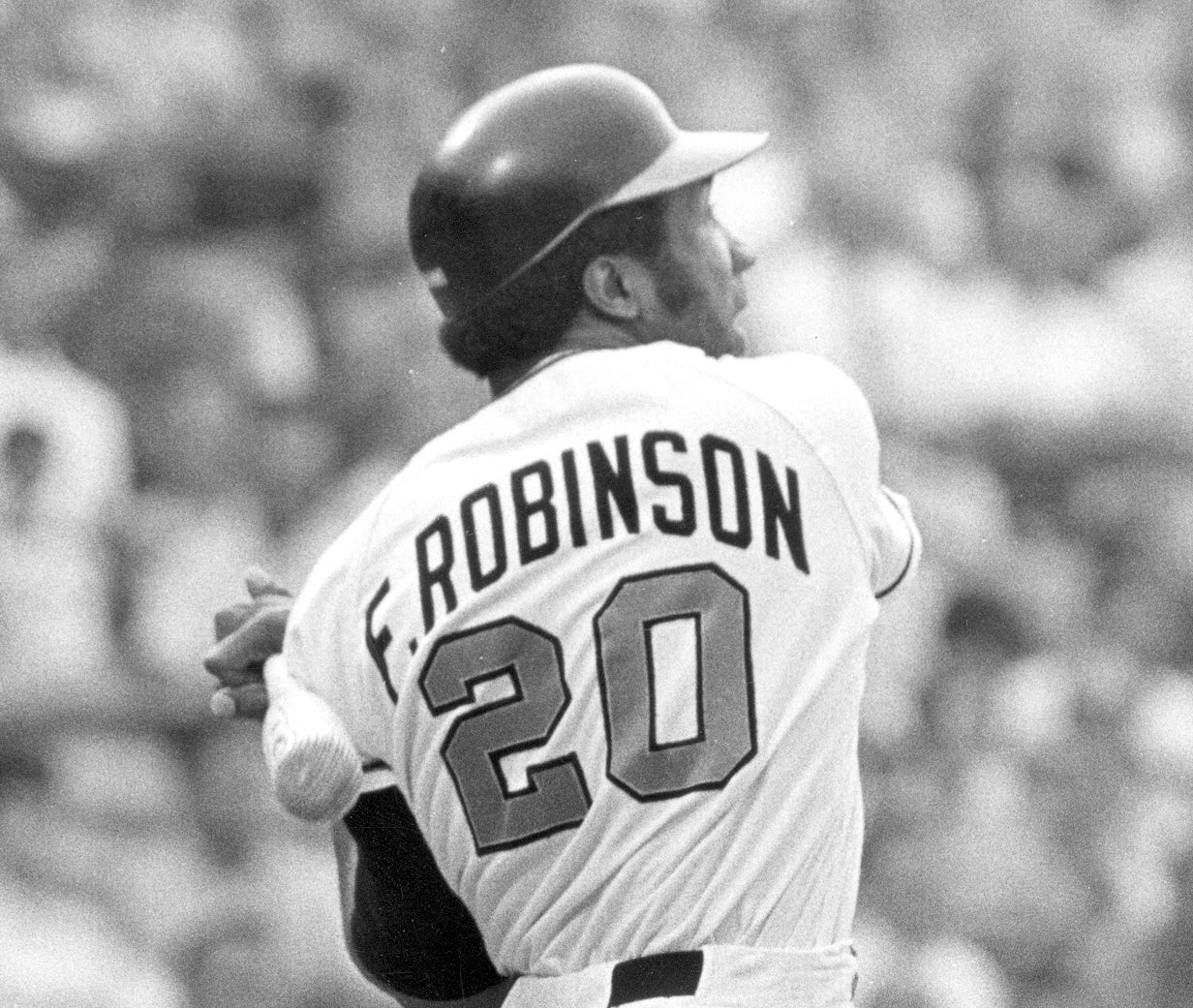
Frank Robinson Traded to Orioles

Jim Palmer no-hits Oakland in an 8-0 Baltimore victory





